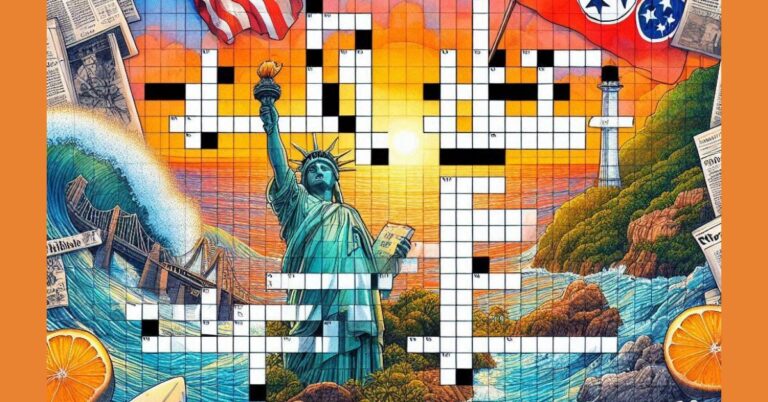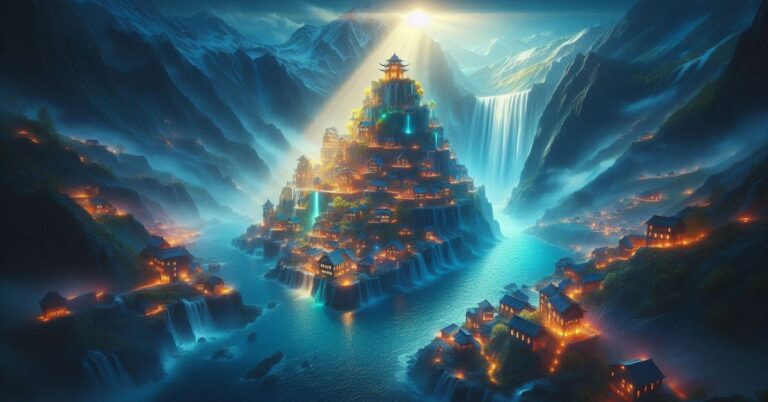Designing the Future: How Immersive Tech is Shaping Digital Storytelling

In the ever-evolving world of digital media, storytelling has become more than just a narrative—it’s now an experience. From marketing campaigns to educational content, the integration of immersive technologies is not just enhancing visuals but redefining how audiences engage with information.
At the heart of this transformation lies a fusion of augmented reality, spatial computing, and intuitive design tools. Today, brands don’t merely sell products—they craft stories that audiences can see, feel, and even interact with. This shift has prompted a surge in demand for creative technologies that can match the imagination of their users.
One subtle yet powerful tool in this creative toolkit is the use of 3D typography. Once reserved for high-budget productions, dynamic text that feels tactile and dimensional is now accessible to anyone. Thanks to platforms powered by 3D text generator AI, designers can create stunning headlines or callouts that leap off the screen—no advanced training or software installation required.
The appeal of 3D elements isn’t just aesthetic; it’s functional. In a crowded digital landscape, three-dimensional visuals help capture attention and communicate hierarchy. For instance, an e-learning module introducing complex scientific concepts can benefit from layered, animated text that guides the learner’s eye—making the material not just understandable, but memorable.
Moreover, social media campaigns increasingly rely on visually rich assets to stop users mid-scroll. The ability to generate stylized, perspective-shifting text elements in seconds gives creators a vital edge. AI-powered tools streamline this process, ensuring that creative flow isn’t disrupted by technical limitations.
But what’s truly exciting is how these tools are democratizing access to visual innovation. Where once a team of specialists might be needed to animate kinetic typography, today, a single content creator 3D text generator AI can build professional-grade assets in real-time—often by simply typing a phrase and choosing a style.
As we look to the future, the intersection of AI and design is poised to become even more seamless. Whether you’re developing a mobile game UI, crafting a futuristic film title, or designing a pitch deck with extra punch, technologies like the 3D text generator AI serve as quiet, behind-the-scenes enablers of creativity.
In short, the best digital tools don’t just do the job—they elevate it. And in the age of immersive storytelling, that elevation makes all the difference
Also Read: AI Driven ERP Systems The Future of Nusaker



